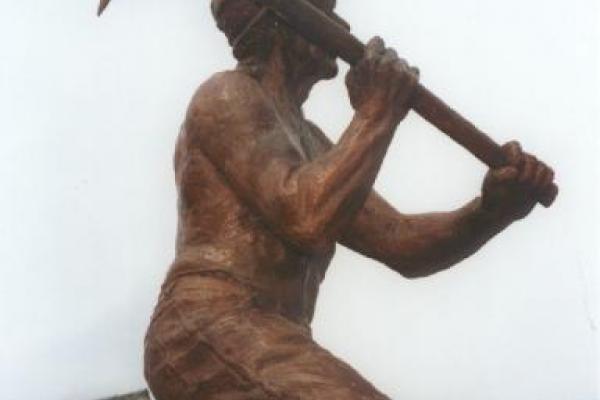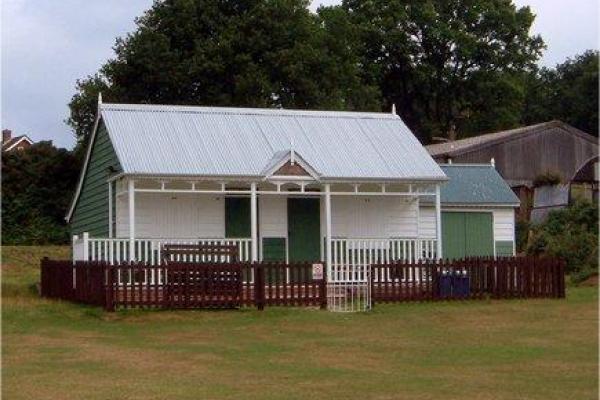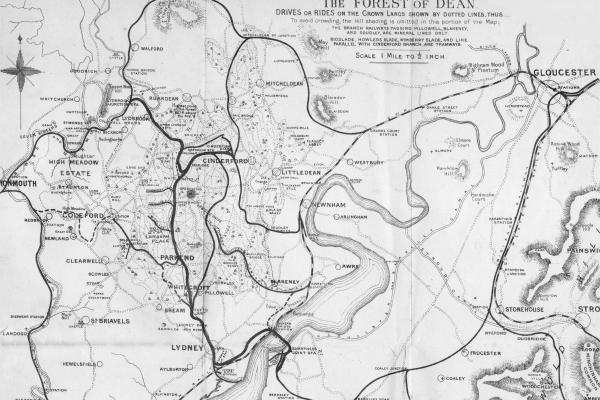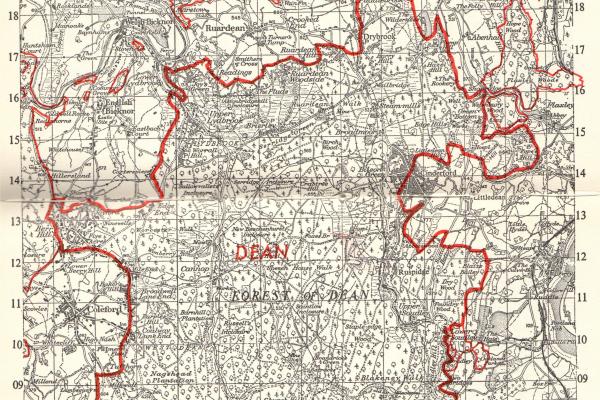In 1783 Richard Stiff came from Dursley to live in Blakeney. He helped to establish independent chapels at Littledean, Cinderford and Soudley and Lydney.John Horlick on his visit to the...
Read More
Posted in
Learn about the Forest;
The educational system of the Forest of Dean has its roots principally in the missionary work of Anglican ministers in the early 19th century. P. M.
Read More
Posted in
Learn about the Forest;
The Forest of Dean’s rich industrial history is a direct result of its geology, lying in a basin formed by carboniferous strata and almost coterminous with fields of coal and...
Read More
Posted in
Learn about the Forest;
Tagged
Mines & Quarries;
The original photographs in this collection were taken as part of the Gloucestershire 2000 Photographic Archive project.
Read More
Posted in
Learn about the Forest;
The settlement of the Forest has been very much influenced by the fact that for most of its history it has been Crown land and extra-parochial, so that for many...
Read More
Posted in
Learn about the Forest;
The rapid economic development of the coal and iron mining industries during the late 18th century led to demands for improved transport links from the Forest to the Rivers Wye...
Read More
Posted in
Learn about the Forest;
The Forest bordering Wales has the earliest recorded churches. Tidenham had a church by AD 700, and the Norman churches at St. Briavels and Hewelsfield indicate Welsh origin.
Read More
Posted in
Learn about the Forest;
Tagged
Religion;
Road history in the Forest can be traced back to Roman times when it is believed that four roads were built or adapted by the Romans, and modern roads still...
Read More
Posted in
Learn about the Forest;
Tagged
Transport;
The Forest of Dean has a long history, but its shape and form has always depended on what the political masters of the time have required from it.
Read More
Posted in
Learn about the Forest;
Over 100 years ago visitors were using a travel book (‘A Weeks Holiday in the Forest of Dean’) to guide them on a series of walks in the Forest of Dean.
Read More
Posted in
Learn about the Forest;
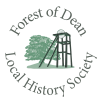 Forest of Dean Local History Society
Forest of Dean Local History Society

